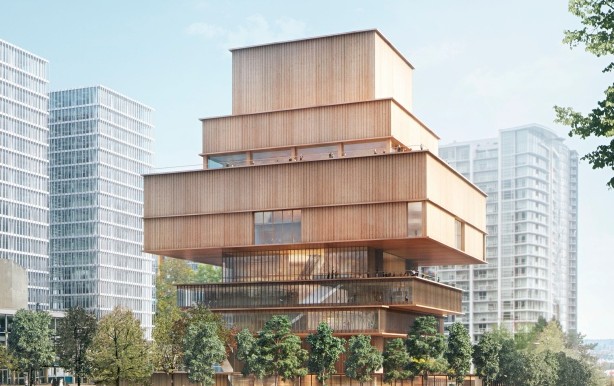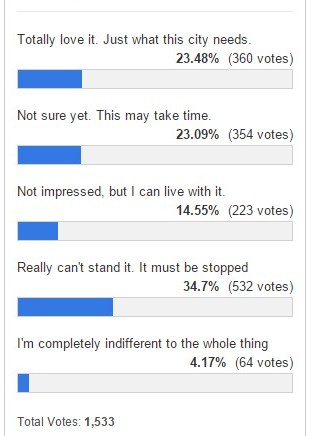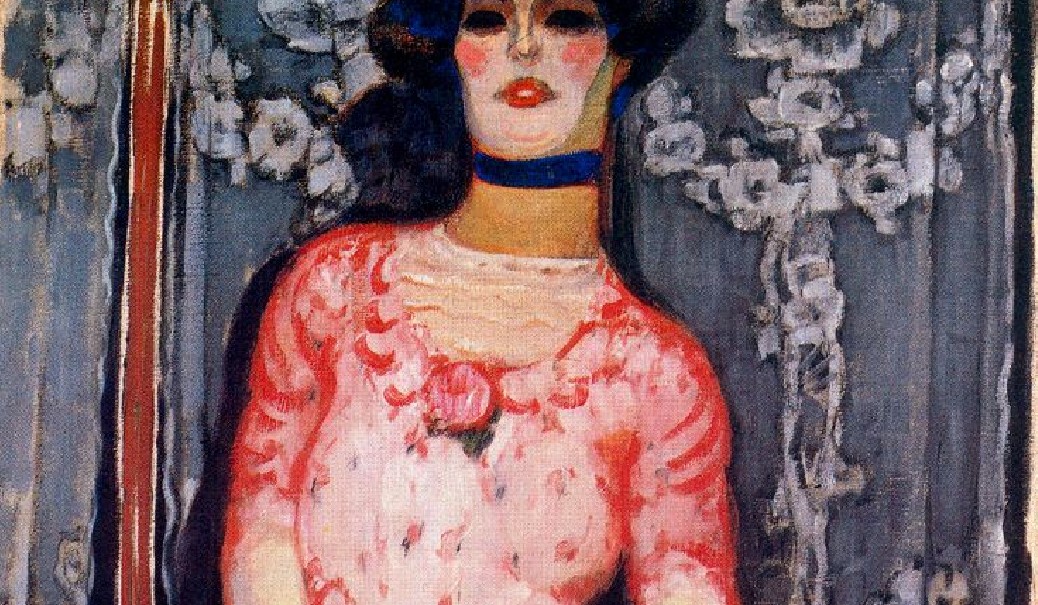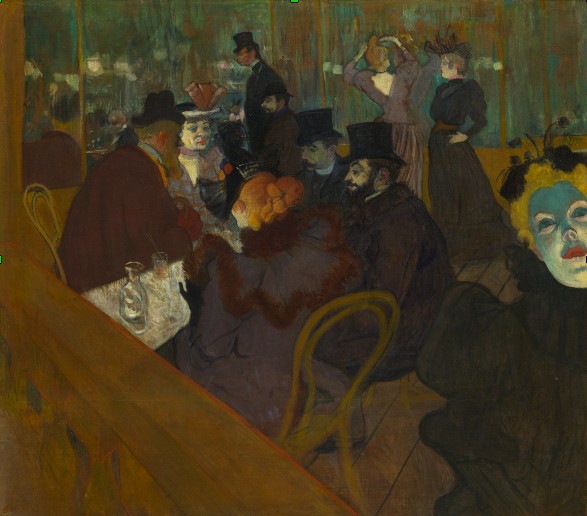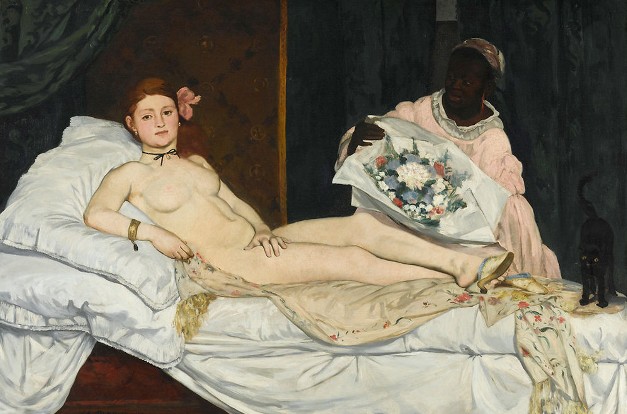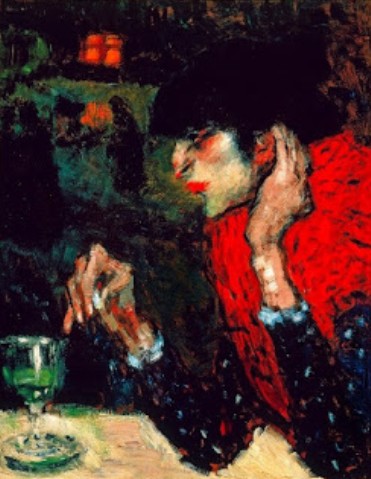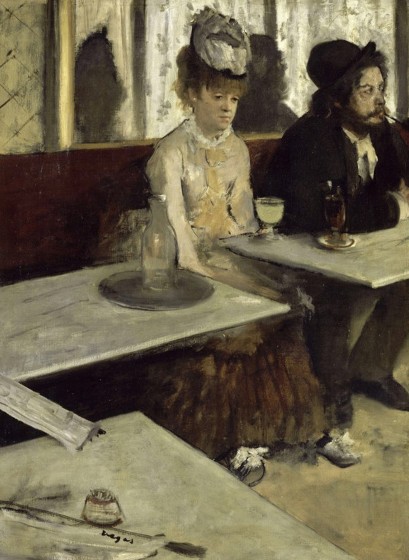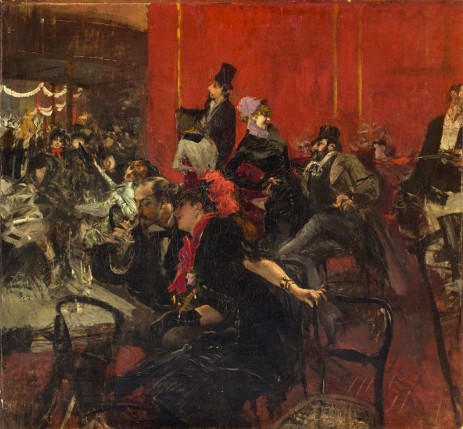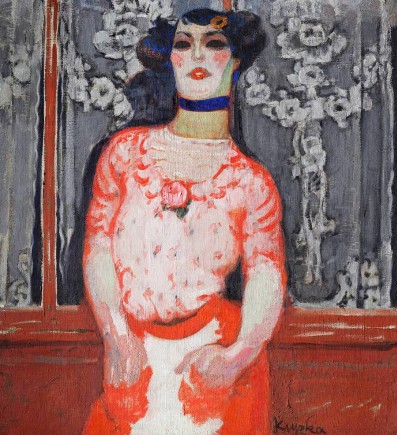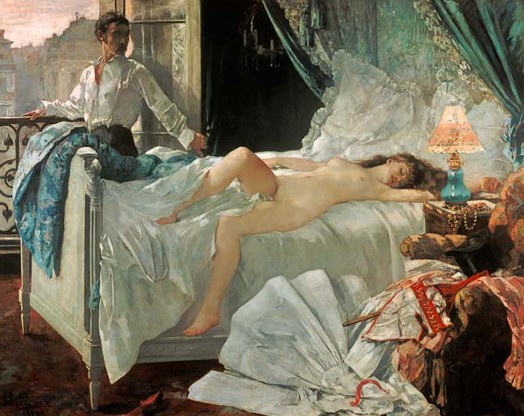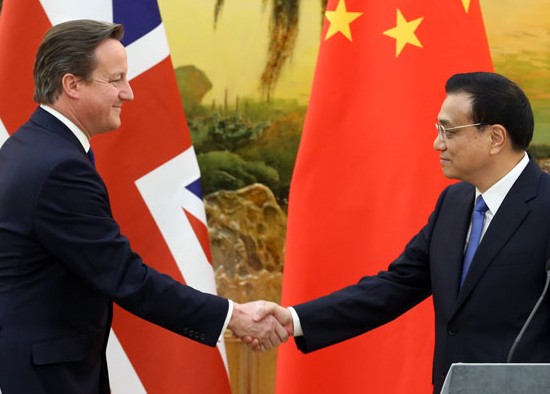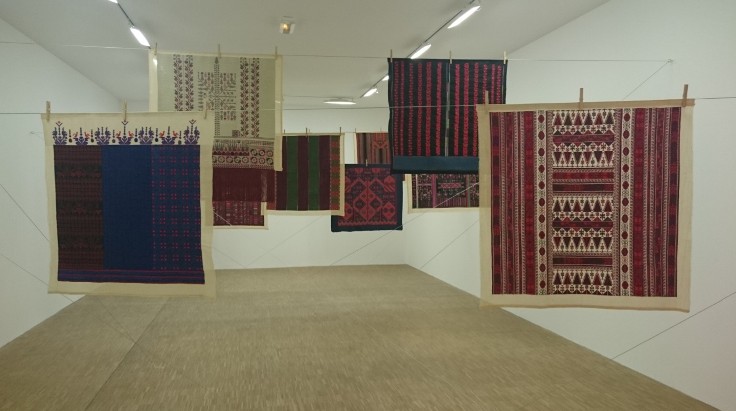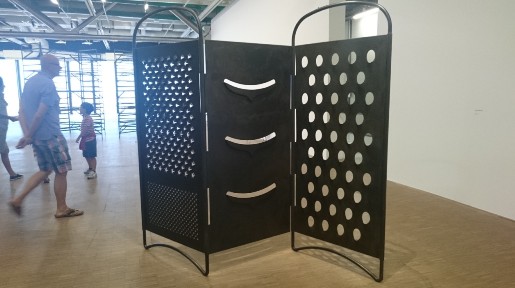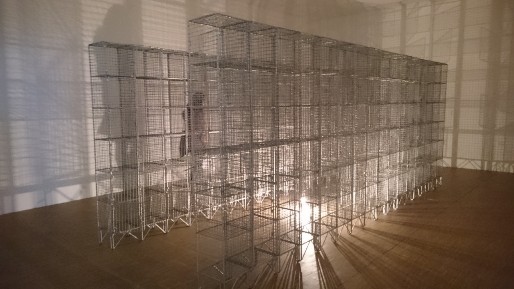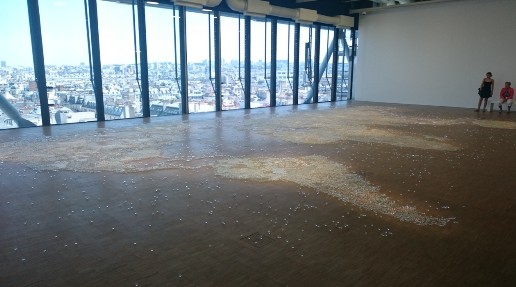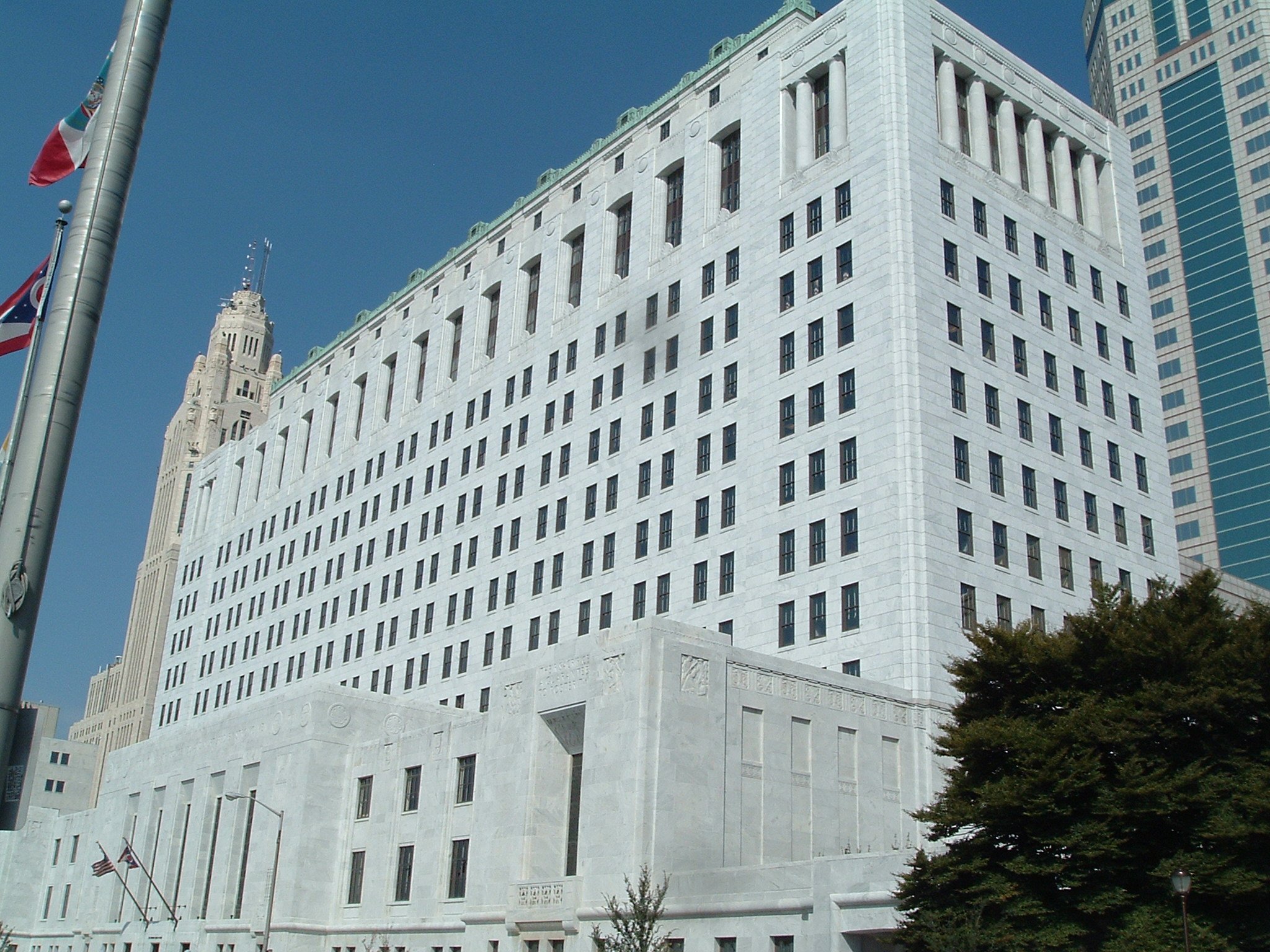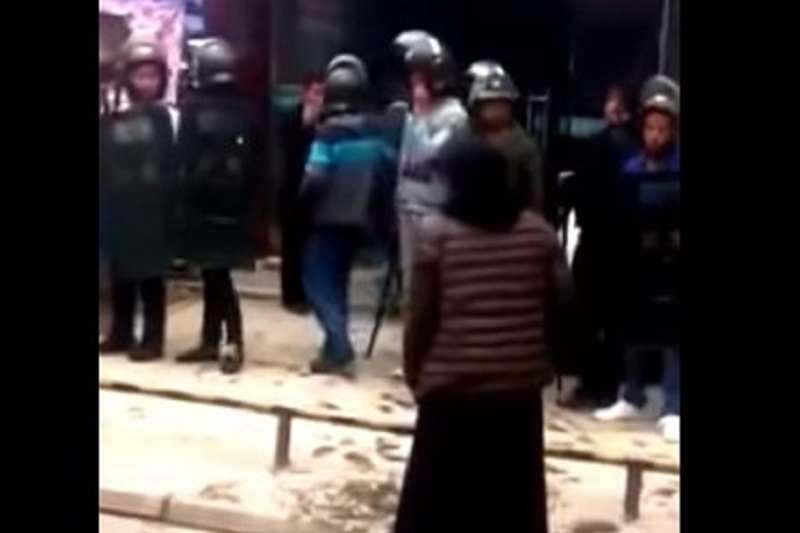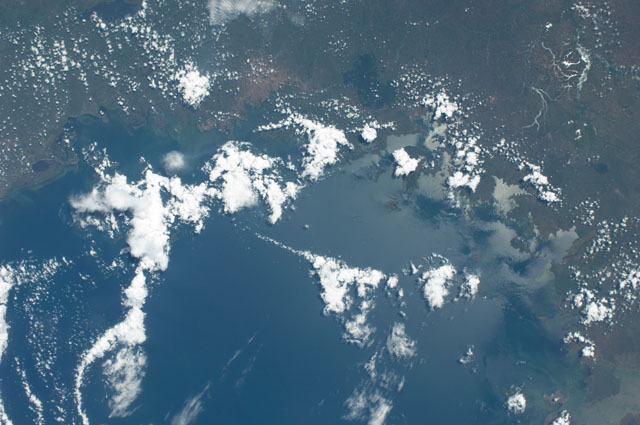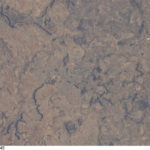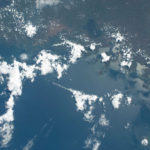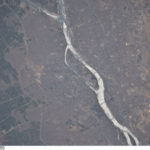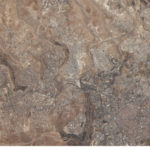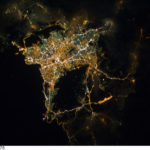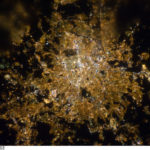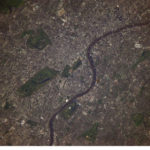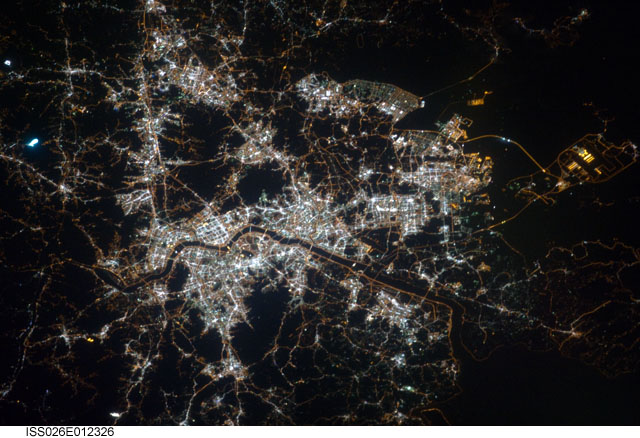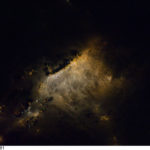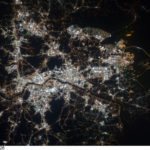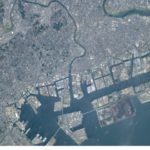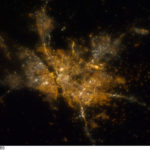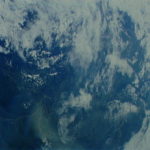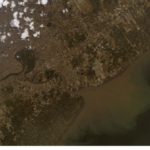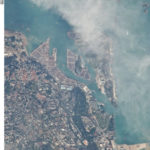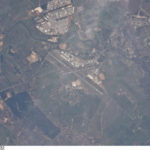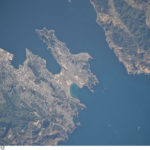SEOUL — Wednesday at the Seoul Press Center, Human Rights Foundation (HRF) will launch a global effort to raise awareness about the North Korea Human Rights Act—a bill stalled in South Korea’s National Assembly since 2005.
The International Coalition is led by Garry Kasparov and includes democracy activist Srdja Popovic, Wikipedia founder Jimmy Wales, Malaysian opposition leader Nurul Izzah Anwar, former Ukrainian president Viktor Yushchenko, Stanford professor Larry Diamond, former Peruvian president Alejandro Toledo, Harvard cognitive scientist Steven Pinker and several others.
If signed into law, the North Korean Human Rights Act would establish a human rights monitoring and documentation program inspired by the East German transition; launch a campaign to educate the South Korean people about the human rights situation in North Korea; send humanitarian aid to the North Korean people; dramatically increase the flow of information into the isolated North by mandating financial support for the civil society groups that carry out this work from South Korea; and create high-level positions in the South Korean government—at the Ministry of Foreign Affairs and Ministry of Unification—dedicated to promoting human rights in North Korea.
“The North Korean government’s crimes against humanity are known throughout the free world. The Kim family’s theocratic dynasty has purged millions of its own citizens through concentrations camps, enforced starvation, and mass executions. The horror is so great that Japan and the United States have passed laws to formalize the promotion of human rights in North Korea, while the European Union has held hearings on the subject. Canada has established a North Korea human rights day, and the United Nations has created a Special Rapporteur with the aim of investigating the North’s tyranny, and a Commission of Inquiry which in 2014 found that the Kim regime continues to commit crimes against humanity. Absent in this global effort is South Korea’s government—which has done nothing of the sort,” said HRF’s Kasparov.
For the past decade, a bill for the Act has remained stalled in South Korea’s National Assembly, trapped in political gridlock. South Korea’s opposition party opposes the bill, arguing that South Korea should not criticize the North’s human rights record, in an effort to avoid “offending” the dictator. They instead propose a different bill, which focuses on sending only humanitarian aid to the regime.
However, strong support for the bill does exist in South Korea. National figures in favor include the country’s National Human Rights Commission, the Ministry of Unification, the North Korean defector community, and President Park Geun-hye, who has personally expressed support for the act.
“A larger global voice is needed to express solidarity with the North Korean people and help the South Korean government and people pass the North Korean Human Rights Act,” said Kasparov.
“Non-violent action—in the form of information, education, and global attention—is a key component to bringing an end to the living nightmare of the North Korean people,” said CANVAS co-founder Srdja Popovic. “We only need look at the history of Apartheid South Africa and the Soviet Union to see how international pressure can assist in bringing down dictatorship. In both conflicts it was ideas, not military hardware, that brought about change. This rings true in the struggle against modern dictators, everywhere from Azerbaijan to Zimbabwe. With support from world figures, our coalition hopes to provide encouragement for South Korean lawmakers to overcome differences and unite to create a lifeline for humanity’s most oppressed people.”
Jimmy Wales Foundation CEO Orit Kopel will join Popovic, Kasparov, South Korean lawmakers and North Korean defectors at a press conference to announce the International Coalition tomorrow September 30 in Seoul at 11:00am local time at the Seoul Press Center.
Human Rights Foundation (HRF) is a nonpartisan nonprofit organization that promotes and protects human rights globally, with a focus on closed societies. HRF’s International Council includes human rights advocates George Ayittey, Vladimir Bukovsky, Palden Gyatso, Mutabar Tadjibaeva, Elie Wiesel, and Harry Wu.
